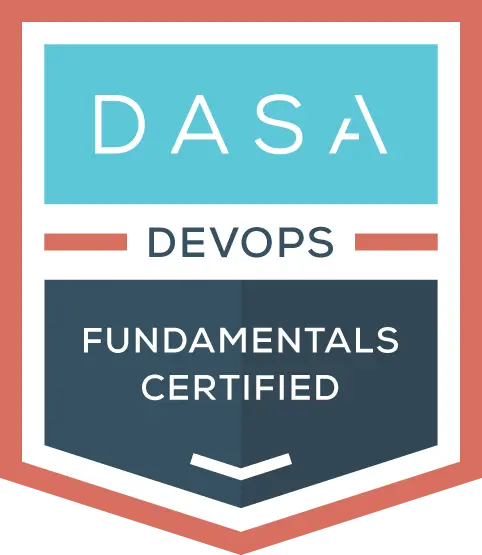Feedback loops are essential for successful, iterative progress. However, many organizations remain trapped in a downstream compulsion, focusing on a linear progression from start to finish without adequately closing the feedback loop. This article explores the downstream compulsion and how shifting to cyclical thinking can enhance efficiency, product quality, and team collaboration.
Understanding the Downstream Compulsion
The Pitfall of Directionality
Many commonly used metaphors in development—such as pipelines, value streams, and roadmaps—imply a one-way direction. These terms suggest a linear process, which can inadvertently discourage the implementation of feedback loops essential for iterative improvement. The reality, however, is that development is not a straightforward journey from point A to point B, but instead a cyclical process that continuously incorporates feedback to refine and enhance the end product.
Therefore, feedback loops are integral to the agile and DevOps methodologies, emphasizing the need for continuous improvement through iterative cycles. Feedback loops provide several key benefits:
- Early Detection and Resolution of Issues: By identifying problems early, teams can address them before they escalate.
- Continuous Improvement: Regular feedback helps in refining processes and products incrementally.
- Enhanced Collaboration and Communication: Feedback fosters a culture of openness and continuous dialogue among team members.
The Three Ways of DevOps
Gene Kim’s three ways of DevOps provide a framework for integrating feedback into development processes:
- Systems Thinking: Consider the entire system, including both the product and the organization.
- Amplifying Feedback Loops: Establish mechanisms to gather and respond to feedback consistently.
- Culture of Continuous Experimentation and Learning: Proactively seek out opportunities to learn and improve through experimentation.
While there are many ways to implement feedback loops in an organization, many struggle to move beyond the first way, resulting in a failure to fully leverage feedback for continuous improvement.
The Risks of Ignoring Feedback
Organizations that neglect to establish robust feedback loops face significant risks:
- Delayed Error Detection: Issues that could have been identified and resolved early become more complex and costly to fix.
- Compounded Errors: Without timely feedback, errors can accumulate and exacerbate, leading to systemic failures.
- Inefficiency: Teams may continue to invest time and resources in flawed processes or products without realizing their mistakes.
A stark example of this is an organization that spent two years developing a transformer without any interim releases. When they finally attempted delivery, the product was fundamentally flawed and non-functional, highlighting the catastrophic consequences of neglecting feedback.
Shifting to Cyclical Thinking
To overcome the challenges of downstream compulsion, organizations must adopt cyclical thinking by building feedback systems first. Start by defining key metrics that are critical to success, establishing regular checkpoints throughout development to collect feedback. Ensure this feedback is accessible to all relevant team members and that there are processes in place to act on it promptly.
Various tools can facilitate this, such as CI/CD systems that automate testing and deployment, providing immediate feedback, and real-time dashboards to visualize key metrics. Regular sprint reviews and retrospectives also encourage continuous improvement. Adopting a feedback-first mindset, similar to test-driven development, means creating feedback systems and dashboards at the outset, then developing the product to align with the defined success criteria. This approach ensures feedback is embedded throughout the development process, driving more effective results.
Practical Steps for Transformation
To transition from a downstream framework to an iterative feedback framework, organizations must:
- Identify Key Metrics and Goals: Understand what you need to measure and why.
- Set Up Feedback Mechanisms: Implement tools and processes to gather and disseminate feedback.
- Incorporate Feedback into Roadmaps: Ensure that feedback influences future planning and prioritization.
- Promote a Culture of Feedback: Encourage all team members to value and act on feedback.
Conclusion
The downstream compulsion can significantly hinder an organization’s ability to innovate and improve. By shifting to cyclical thinking and prioritizing feedback loops, organizations can enhance their agility, improve product quality, and foster a more collaborative and adaptive culture. Building feedback systems first and iterating based on data-driven insights ensures that development efforts are aligned with actual needs and continuously refined for better outcomes.
Organizations must actively gather feedback at every stage of the development process. This approach not only mitigates risks but also positions teams to be more responsive, innovative, and successful.


DASA DevOps Certification Program
DASA DevOps Certification Program equips you with the foundational skills to understand and implement key DevOps principles. You’ll learn how to foster collaboration across teams, streamline workflows, and accelerate delivery cycles—all while ensuring your organization is prepared for long-term digital transformation.
